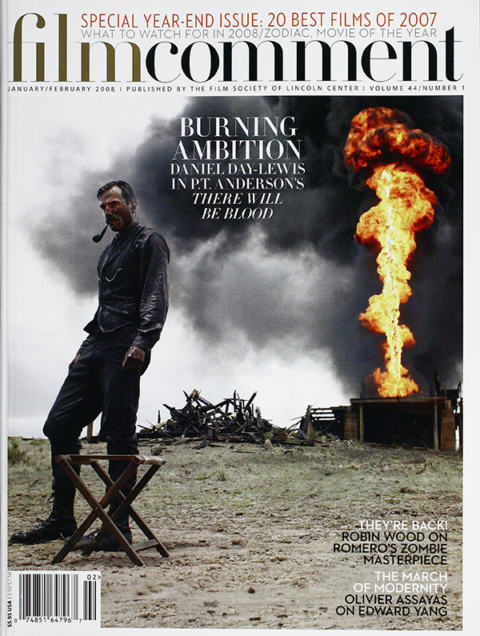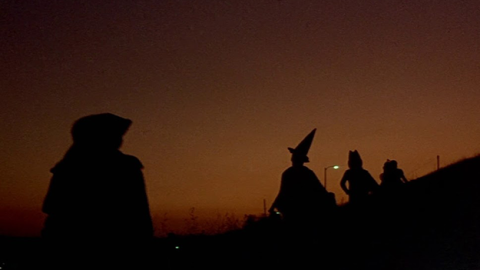I. RETREAT AND ADVANCE
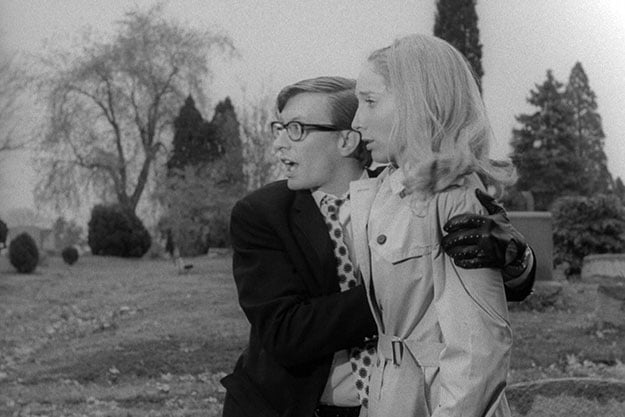
Night of the Living Dead
From the beginning, George Romero’s Living Dead movies have been at once mesmerizing, tantalizing, and oddly frustrating. One always has the sense that, beneath the surface shock/horror level, they are making a statement about . . . what, exactly? What do the Living Dead represent? Our culture, what we used to think of as our civilization, human life itself in all its confusions and unsatisfactoriness? All of the above? When you try to pin it down, something always gets in the way, refuses to fit, resists the meanings we try to impose. Of one thing we may be sure: the films are not about “punishment for sin.” Romero’s universe is certainly not a Christian one (the occasional religious references are always negative). Rather, we have an accidental universe, an unholy mess, an experiment not even from the familiar mad scientist but from some strange, blind, confused demiurge that didn’t know what it was doing but, in its blind fumblings, produced a species that may be responsible for the death of all life on this planet within the next few hundred years. There are signs that the fifth of Romero’s Living Dead movies may also be the last (though he has always surprised us, and perhaps himself): it has the feel and appearance of a summation, opening (like the original film) with the first “undead” returning to life, ending on a direct, desperate challenge to the audience, as if demanding our own summation.
Looking back over the five films, one is struck by an inherent contradiction: one cannot believe that they were planned as a sequence, each having its own individual characteristics (there are no carry-overs from one film to the next). Yet the more one reflects upon them the more one is struck by an inherent logic in the overall structure, a logic confirmed by the remarkable new film: the first four in the series cover and demolish, systematically, the central structures of what we still call our civilization, establishing Romero as the most radical of all horror directors.
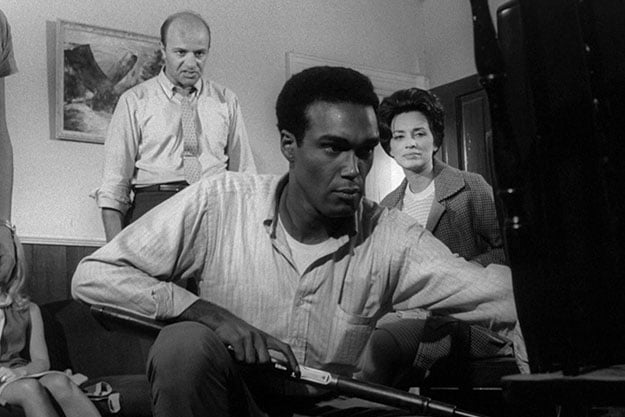
Night of the Living Dead: The nuclear family (the basis of our culture): the warring brother and sister of the opening, the miserable, squabbling parents and child, the “young couple” (the future nuclear family) of the midsection. All are killed and eaten, the centerpiece being the little girl stabbing her mother to death with a builder’s trowel, then devouring her father. The zombies—the living dead, dead but still living—are established here as our past; the films are about the impossibility of escaping from it.
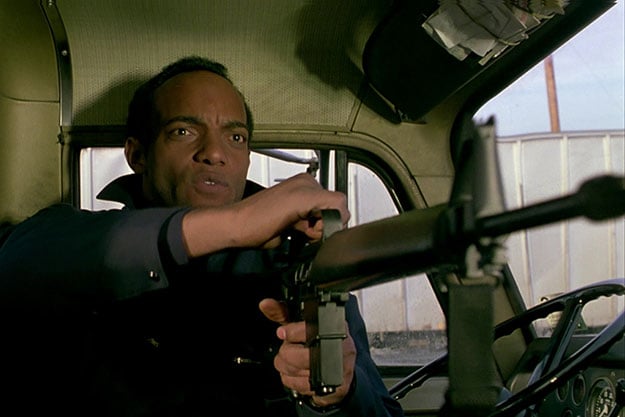
Dawn of the Dead: Consumerism, on which our culture’s economy depends: free riches in the shopping mall. It will always be the most popular of the series because it’s the least disturbing—consumerism is a relatively superficial aspect of our world. It’s also the only film in which the couple (but not the romantic couple, not another nuclear family) are permitted to escape, even if the escape is to nowhere. (The tropical island refuge of Day is clearly coded as a wish-fulfillment fantasy.)
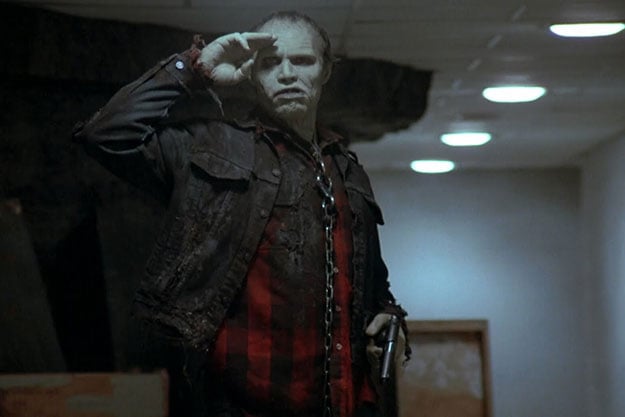
Day of the Dead: The military—our guardians and defenders—revealed as utterly useless and objectionable, their particularly obnoxious captain literally torn apart by the zombies.
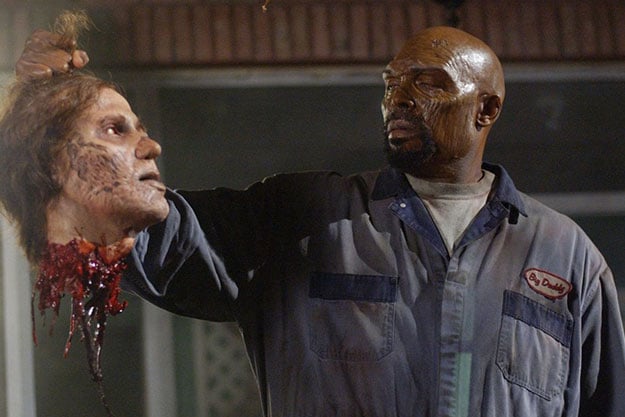
Land of the Dead: Capitalism itself, with the brilliant casting of Dennis Hopper as its supreme embodiment, Easy Rider maturing into its most monstrous tycoon.
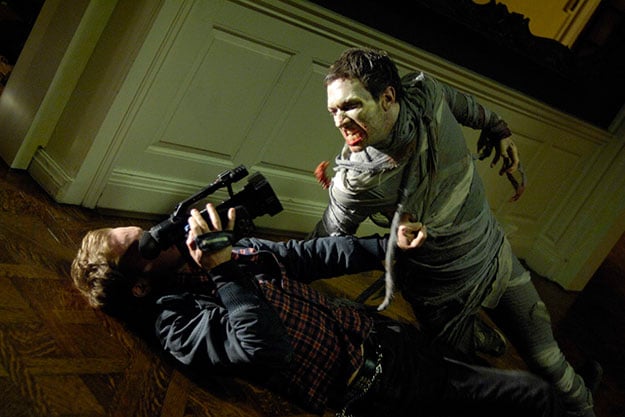
Diary of the Dead: Both a return to origins (the first zombies, an entirely new and different starting point, but again with the nuclear family as the origin) and an advance, with young and fresh new actors as the student film crew protagonists. A second substructure uniting the series has proved of equal consistency: the role of black characters.
Night of the Living Dead: The central figure, the “outsider” hero with no apparent family ties, the sole character who survives the zombies (only to be gunned down by the rednecks).
Dawn of the Dead: The most intelligent, responsible, and aware of the three male characters, allowed to escape with the woman.
Day of the Dead: Essentially (of the five) the “woman’s picture,” but Romero’s female protagonist is linked strongly to her black lover.
Land of the Dead: Tantalizingly, the hint Romero gives us of the black zombie who (alone) appears to be developing an embryonic awareness and capacity for thought. Rashly, I had assumed that if there were to be another Living Dead movie he or his counterpart would be the central figure. Was Romero defeated by the obvious problems of spontaneously developing thinking zombies? But instead we have…
Diary of the Dead: The group of organized and intelligent blacks who seem closest to controlling and surviving the seemingly uncontrollable situation. If there is, after all, a sixth film, will they be central to it?
The privileged position of the black characters (in all the films) relies on two features, one logical, the other not: as blacks they are outsiders, with a history of oppression, cruelty, and marginalization; they are also, in Romero’s movies, unattached, free of the constraints and demands of the nuclear family; they are also always and only male. This gives them a freedom of vision and action from which the white characters are barred, though the total absence of black women makes their future somewhat problematic.
Most seem to agree that Land is the weakest of the first four films (Hopper and the black zombie apart, its characters are not very interesting, and too much of the first half merely repeats the now-familiar slaughter). Diary, though it lacks the controlled and compressed intensity of Night and the bright colors and energy of Dawn, may prove to be the series’ supreme achievement, Romero’s most inclusive statement. Its premise is brilliant. In a gambit of characteristic aplomb, Romero establishes that he has no responsibility for the film we are watching: the opening segment has been downloaded from the Internet, and what follows is the work of a group of film students from the University of Pittsburgh, and in particular of an aspiring young filmmaker called Jason Creed (Josh Close), introduced directing his own student horror movie in which a mummy pursues a young woman through the woods at night. When the first news of the zombie attacks comes in, Jason is quite ready to leap at the opportunity to make the abrupt transition to a “reality” movie. We are not permitted to see Jason clearly until well into the film, as he is wielding the handheld camera, blocking his face; his film’s title is not Diary of the Dead but The Death of Death.
Romero’s decision to attribute his film to a group of students is a masterstroke. The handheld camera continuously underlines the sense of the instability of a world in which nothing is reliable, anyone may turn out to be a zombie. Detached (at least partly) from the nuclear family, looking ahead to a still undefined future, with a certain freedom of choice, the young people are the ideal protagonists for a Romero movie. Even in the midst of the pervasive horrors, the constant reminders of the handheld camera, the youthful spontaneity and emotional openness of the group, also combine to give the film a surprising freshness and exhilaration that’s lacking in the previous films (and especially in Land), while the group’s relative innocence gives the film an unexpected and touching poignancy.
Whatever Romero had in mind when he began, his ambitions, the seriousness of his commitment, have developed and revealed themselves well beyond the expectations we bring to a genre movie. For the record, Diary is the first of his films that has made me cry, no doubt partly because the characters, with their youthful energy and thirst for life, remind me of the students in my graduate film studies courses: they may not be facing zombies but they will also be struggling to survive within a relentlessly disintegrating culture. Romero never idealizes his young people. Jason’s motivation, for example, is repeatedly called into question, notably by Debra (Michelle Morgan): is his determination to continue filming through all the horrors callously self-serving, or justified by an authentic desire to establish truth? Both seem present, but Debra’s final acceptance of him, and her desire to continue his work after his death, acknowledge a degree of integrity.
II. STRUCTURE: A ROAD MOVIE WITH FIVE STOPS
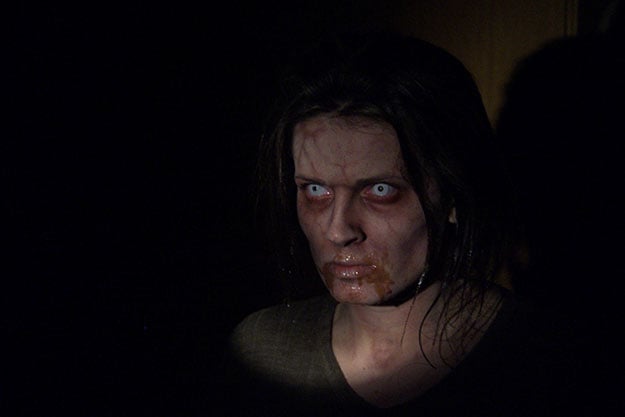
Diary of the Dead
The film’s opening segment—news footage downloaded by Debra from the Internet—shows the first case of the dead coming back as zombies: a nuclear family in which the father has committed suicide after killing his wife and son, inverting the central episode of Night in which a young girl kills and eats her parents. The ensuing action, beginning haphazardly with a panicky journey of uncertain destination, inevitably takes the form of return to the illusory safety of family homes. Debra sums it up: “You spend so much time resenting your parents . . . but as soon as the shit hits the fan, the only place you want to go is home.”
Diary of the Dead is Romero’s first “road movie,” the last of the five Living Dead films being in strongest possible contrast with the claustrophobic first (in which the continually warring characters are trapped by the zombies in a single house). Its essential progress (a journey with constantly diminishing returns) is from the open road to Debra’s final descent into the mansion’s panic room, from which we know she will never emerge. Three of the five stops are for help, security, and shelter, none of which materialize: the hospital where they take Mary (Tatiana Maslany) after her attempted suicide, and the two homes (Debra’s, Ridley’s) where they hope to find safety. All prove illusory: Mary, the gentlest and youngest of the group, shoots herself because, as the driver of the group’s camper van, she has killed three people who may not all have been zombies. She dies, becomes a zombie, and has to be executed. Debra’s parents are already zombies, and Ridley (Philip Riccio), unbeknownst to the group, has already been bitten, and hence may die and become one at any moment. And we must remember that family members, when they die, don’t merely become zombies, they eat each other: a neat Romero-esque definition of nuclear family relationships.
The other two stops/episodes (the Amish farmer, the militant black group) are stumbled upon accidentally and provide temporary, transient help. The sequence of the confrontation with the black group is especially intriguing as it significantly develops the roles of blacks in the previous films. In contrast to the pervasive hysteria and chaos, they are organized, and the film suggests that what has made this possible is their marginalization within the white world. As their leader tells Debra, “For the first time in our lives, we got the power—because everyone else left.” Debra’s strength impresses him: he tells her “I think you’re a lot like me.” One has the sense that their mutual respect could point ahead to a new development of Romero’s pervasive interest in black characters, if we are to have further installments…
I wish Romero had ended his film with the withdrawal of Debra, Professor Maxwell (Scott Wentworth), and Tony Ravello (the other surviving student) into the panic room, with Mary’s promise that “I’m going to finish his movie. There’s got to be more.” It expresses the bleak hope that Jason’s film may be of value if anyone survives the zombies—an assertion one can take as Romero’s hint of a possible sixth film.
I don’t understand the brief postscript, introduced by Debra as “the last film Jason shot.” Its central image is certainly among the most appalling ever produced within fictional cinema, but the perpetrators of the desecration it depicts are a couple of irrelevant rednecks who played no part in the film. Debra’s question (“Are we worth saving? You tell me”) has already been answered by the film with a resounding “Yes!” insofar as it applies to the characters—the students—within the narrative, and to Debra’s own assertion. I confess to bewilderment…
The original Night of the Living Dead was welcomed or repudiated as a schlock horror film; Diary will probably be welcomed as an art-house movie. But what’s in a name? Let us salute a great and audacious filmmaker…



